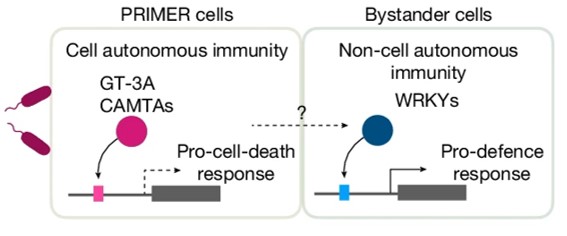
Single cell multiomic analysis of plant immunity reveals PRIMER cells
Plant Science Research WeeklySingle cell mutiomics are radically changing our understanding of pretty much every cellular process. Here, Nobori et al. integrated single-cell transcriptomic, epigenomic and spatial transcriptomic data to investigate plant responses to pathogens. The authors used three different strains of Pseudomonas…
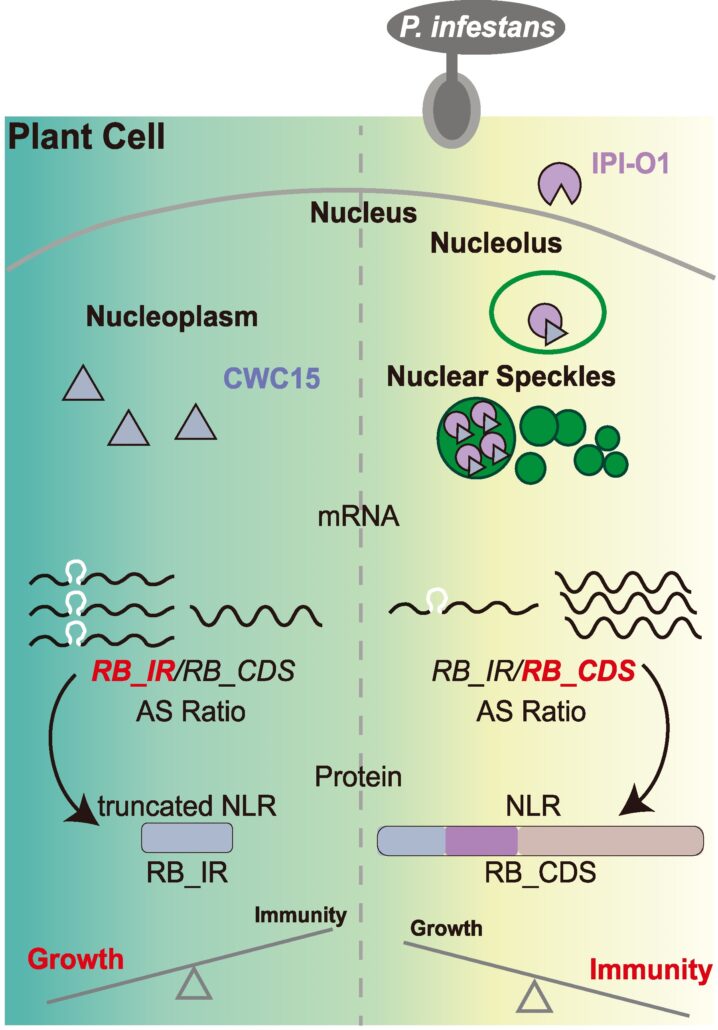
Alternative splicing of a disease resistance gene maintains homeostasis between growth and immunity
Plant Science Research WeeklyPlant resistance genes encode proteins that trigger immune responses when they recognize pathogen effectors. Their activation must be carefully regulated, as overexpression of activation of R genes usually causes a decrease in growth rate. Here, Sun et al. investigated the role of alternative splicing…
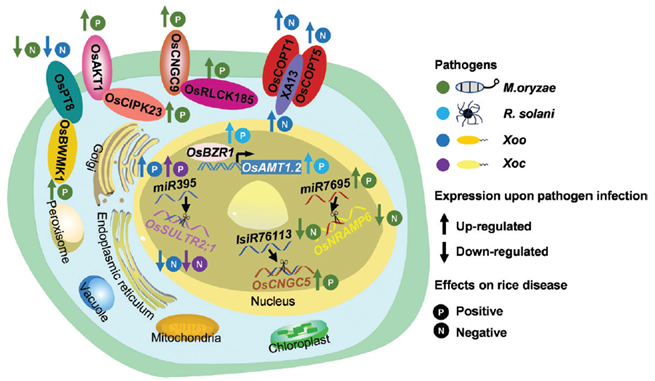
Review: Optimizing nutrient transporters to enhance disease resistance in rice
Plant Science Research WeeklyPlants rely on an array of mineral nutrients for their growth, development, and reproductive processes. The molecular mechanisms governing the uptake, translocation, storage, and utilization of these essential minerals are orchestrated by specific nutrient transporters and their associated regulatory…
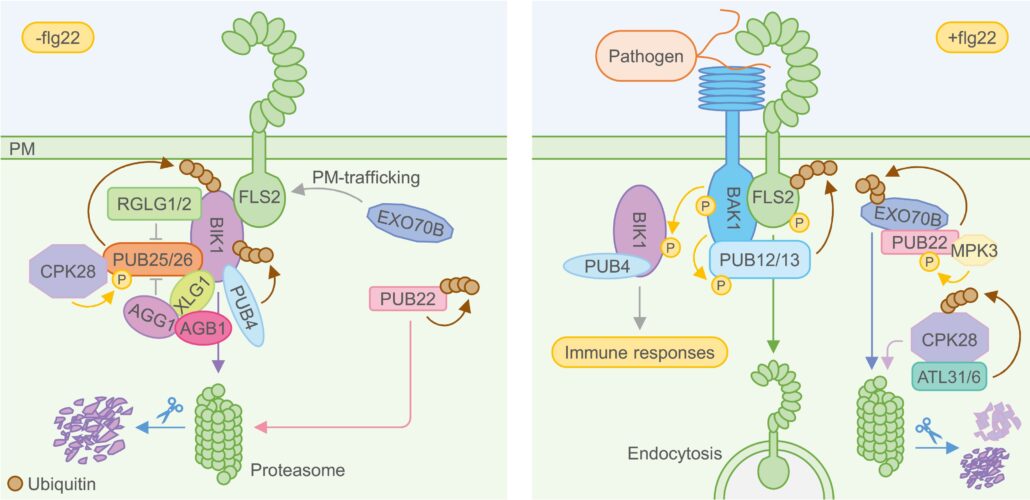
Review: Proteolysis in plant immunity
Plant Science Research WeeklyPlant immunity is beautifully sophisticated with a ever-growing cast of characters. This review by Liu et al. focuses on the contributions of proteolysis (protein degradation), which both activates and suppresses immune responses. The authors structure the review around four key functions of proteolysis:…
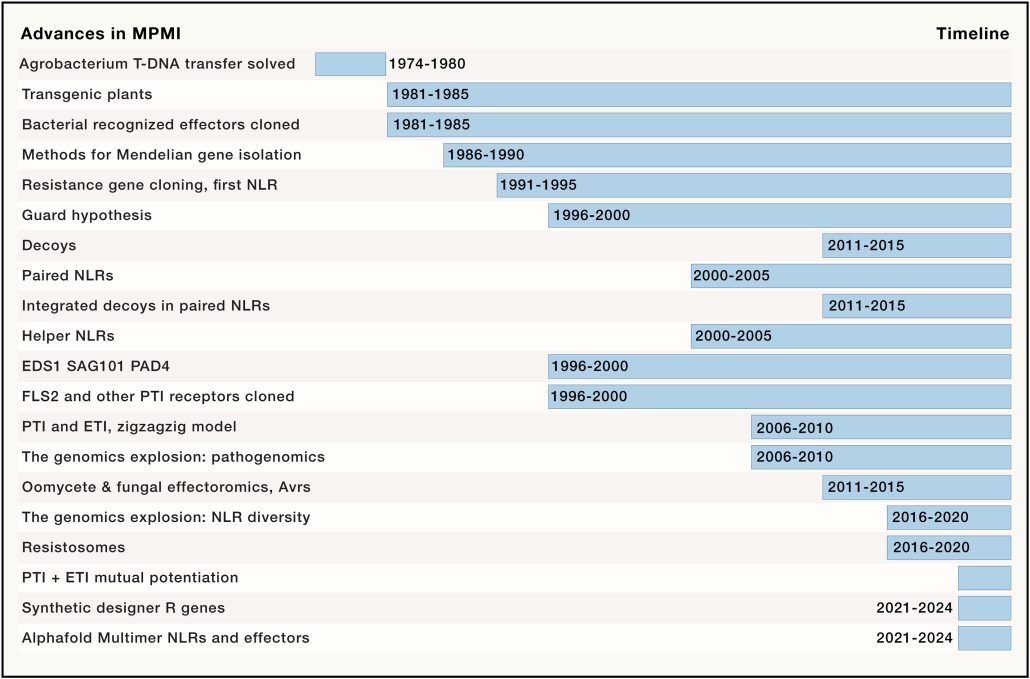
Review: The plant immune system: From discovery to deployment
Plant Science Research WeeklyA review of the past 50 years of plant immunity by Jones, Staskawicz, and Dangl? Yes please! I particularly enjoy historical perspectives of a discipline, as they frame conceptual breakthroughs with the benefit of hindsight. As the article lays out, understanding the plant immune system benefitted greatly…
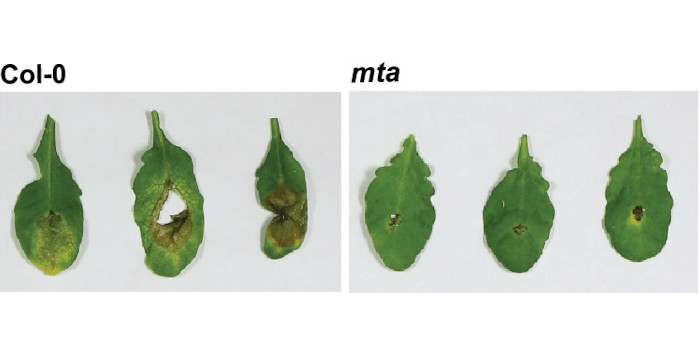
N6-methyladenosine mRNA modification dynamics in plant immunity
The Plant Cell: In a NutshellPrall et al. explore how post-transcriptional regulation of mRNA mediated by methylation at the N6 position of adenine affects plants preparedness and reactivity to pathogen stress.
Wil Prall and Brian Gregory, University of Pennsylvania Department of Biology
Background: To determine how plants…
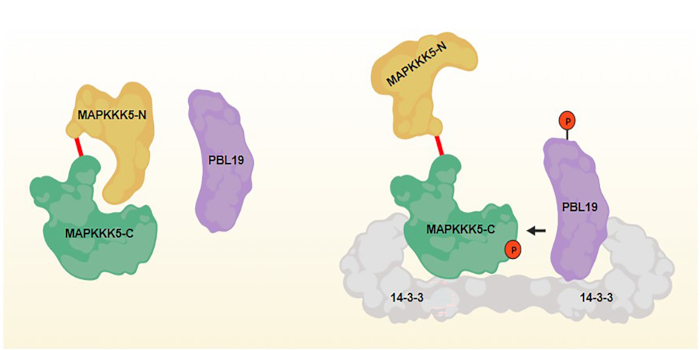
Overcoming barriers to bioengineering new disease resistance
The Plant Cell: In a NutshellBentham, De la Concepcion et al. fine-tuned a plant immune receptor pair to allow for engineering new specificities while avoiding autoactivation.
https://doi.org/10.1093/plcell/koad204
Adam R Bentham, Mark J Banfield
Department of Biochemistry and Metabolism, John Innes Centre, Norwich Research…
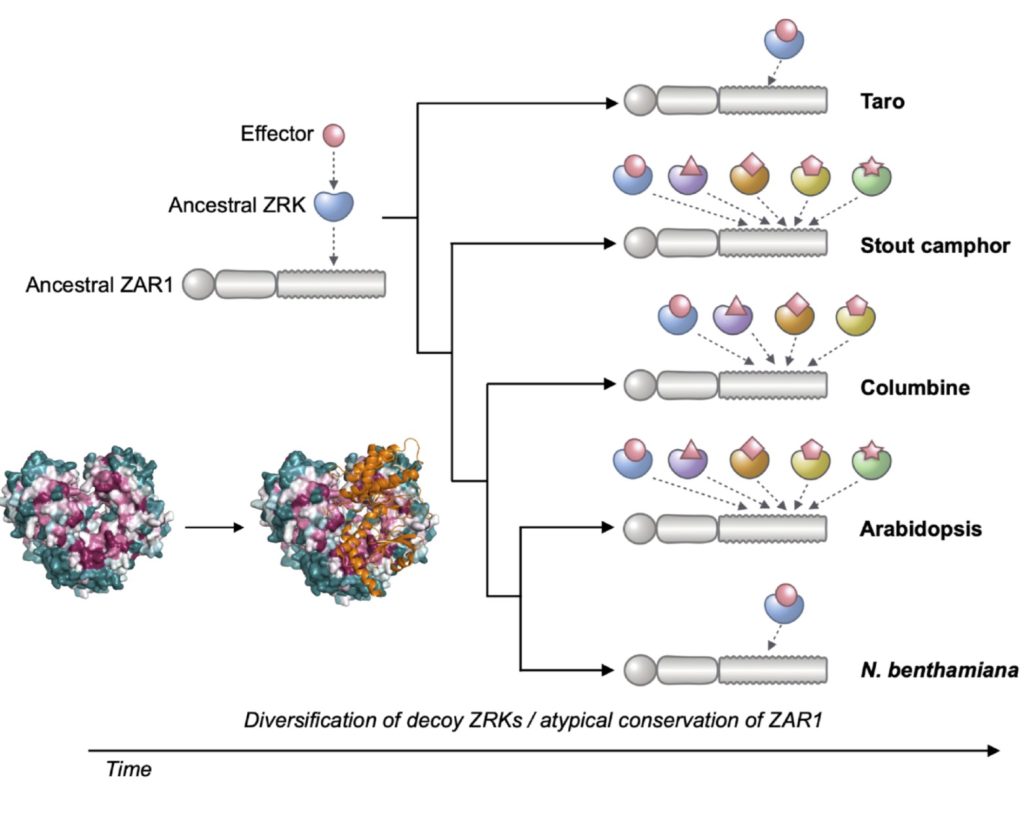
Jurassic ZAR; Insights from an atypically conserved immune receptor
Plant Science Research WeeklyIt’s a well-established fact that some proteins are highly variable across species, and others such as histones hardly vary at all. Highly conserved proteins such as histones have very little wiggle room in their structure; small changes can lead to a loss of function. However, for some other proteins…

14-3-3 Proteins Function in Plant Immunity
The Plant Cell: In a NutshellDong et al. investigate the role of 14-3-3 proteins in plant immunity in Arabidopsis.
By Xiaojing Dong and Jian-Min Zhou
Institute of Genetics and Developmental Biology, Chinese Academy of Sciences, Beijing 100101, China.
Background: The plant innate immune system detects the presence of microbial…

